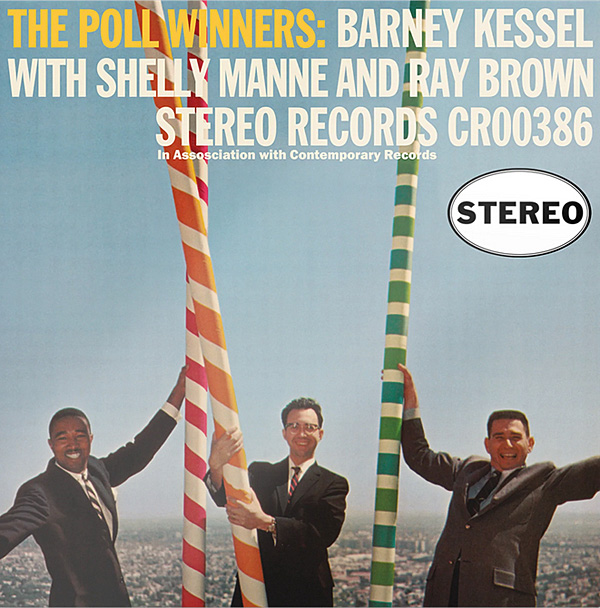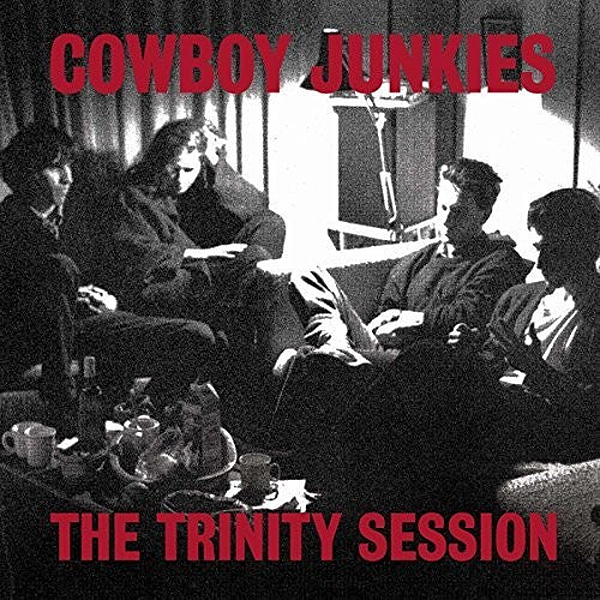| Columns Retired Columns & Blogs |
Very SAD to see Michael Fremer leave Analog Planet . Very HAPPY to see Malachi Lui leave Analog Planet .
Even hard-core "cable deniers" must admit that an ultralow voltage connected to a transformer or phono preamplifier requires careful handling. And yes, along with Helios dielectric and other features sure to roll deniers' eyes, Stealth claims to optimize relationships among capacitance, inductance, and DC resistance. On a practical level, Stealth claims the construction of its cable allows it to be safely bent at a 90° angle at the jack/wire junction. Whether to spend roughly half the cost of the arm on the connecting cable is, of course, up to you. (It costs $9800 for 1.2m, $10,400 for 1.5m.) I'll just say the Helios cable produced noticeable background quiet and far more transparency than that older, "budget" cable.
Like a fine German watch
The first cartridge I set up on the AXIOM tonearm was the X-quisite ST. In my review of that cartridge, I wrote, "for sheer musical excitement, across all genres, Mr. Huber's X-quisite ST tightens the musical screws and delivers to your room a dose of real you won't soon get over." I meant it! The one-piece ceramic cantilever coil former produces a unique directness and vibrancy. However, getting the X-quisite to track effectively—especially on vocal sibilants—requires careful setup, and it's at its best when electromechanically damped by the X-quisite step-up transformer.
Mounted on the AXIOM, the X-quisite's mechanical performance was impressive; it delivered clean sibilants and the expected smooth, transparent, direct (if somewhat forward, but not bright) timbral balance. I've already made it clear that the AXIOM offers exacting setup options: I found the standard ones—overhang/zenith angle, VTF, VTA/SRA, azimuth, and antiskating—easy to execute accurately. Set to a vertical tracking force of 2.1gm (the top end of the X-quisite's recommended range), the cartridge sailed through tough test-record tests.
While acoustical systems developed and advocates the UNI-DIN geometry—its supplied overhang gauge produces that—I chose to go with my "tried and true" Lîfgren A. Without having to mess with changes to the effective mass that the design makes possible, the horizontal and vertical resonant frequencies measured between 8–12Hz, as you'd want.
The Canadian Latent-label pressing of The Trinity Session (Latex 5), the second Cowboy Junkies album, demonstrated the AXIOM's ability to guide the X-quisite super cleanly through Margo Timmins's difficult-to-negotiate sibilants, surrounded by the church acoustic. "Pristine" is the word. Produced using a single Calrec Ambisonic microphone, the recording also made clear that the AXIOM can deliver stable, solid-yet-delicate, satisfying images on a wide, deep soundstage. When that's going well, relaxation follows, allowing you to sink into the dreamy, moody recorded ambiance.
That was good, but even better was the nuanced way the arm delivered microdynamic shifts that helped produce the appropriate, rolling, flowing feel. When it came time for "Sweet Jane" on side 2, I didn't expect the X-quisite to sail through the difficult esses—and it did miss one that the Lyra Atlas Lambda SL didn't when I later set it up. The AXIOM arm put the differences between the two cartridges on stark display: With the Lyra, the presentation was much different, with bigger, bolder images, deeper bass, and less space, as if the group had moved closer to the microphone. So different, with more bottom end but less delicacy and bloom. I don't know which was correct, but the arm didn't cover up the differences.

Staying with the Lyra cartridge but switching records—to Barney Kessel: The Poll Winners (Stereo Records CR00386), a great new Contemporary/Acoustic Sounds release featuring Barney Kessel, Ray Brown, and Shelly Manne, recorded in "stereo" (hard left/right pan) in 1957—the attack delicacy and (especially) the microdynamic shifts produced by the cartridge/arm combination helped create a convincing "live" musical ebb and flow as opposed to "on/off" cardboard cut-out events. Again, there was that relaxation and the sense that the arm was in full control of the cartridge, not adding timbral residues produced by internal arm resonances.
I wish I had more space to further describe the AXIOM's sonic performance, but I don't. Over weeks of playing records with this arm, I learned that the AXIOM's sonic and mechanical performance puts it in the top tier of arms I've set up and listened to. As a piece of mechanical art, it has few competitors: It more closely resembles a fine Swiss watch than a tonearm. Even though it's German.
If you enjoy cartridge setup and getting everything perfectly dialed in, you'll enjoy owning and using the AXIOM. Its strongest sonic suits are a pleasing smoothness and timbral evenhandedness noticeable with the first stylus drop and every following one—especially in the middle frequencies—free of artificial bumps or dips, plus unerring spatial and imaging solidity, all of which results in a tonearm that's also capable of expressing the deepest bass cleanly and without excess while sailing up to the top octaves with the same ease and control. If it doesn't quite have the slam and excitement of the far-more-costly SAT CF1-09, it makes up for that with its smooth, refined, erudite, almost academic presentation. If you have room for two arms and one's already installed, the AXIOM would make an excellent companion. It took a long time to get one for review, but it was well worth the wait.
AudioQuest's Dragon Interconnect, Speaker, and AC Cables
I've written previously about AQ's Dragon AC cables (footnote 4). I bought many, to the benefit of my audio system and the detriment of my bank account. A memorable CES demo comparing various brands in a "no tricks" comparison made a very good case. Even John Atkinson felt compelled to report on it in a CES show report, aware of the online abuse that would follow. (In the comments under the report, it did! (ootnote 5)
One time, at a different CES, using a well-recorded trumpet disc, Garth Powell demonstrated the "directionality" of a green ground wire. I'm serious. It was ridiculously easy to hear. Right now, poor Jim Austin's head is about to 'splode. Remember: Powell comes from the pro-audio world. He's not a patschke-r. (That's Yiddish for "messing around.")

Nothing else I've tried (and there have been challengers) matches the Dragon AC cord's transparency, quiet, and taut musical grip. As I wrote about an event at EISA a few years ago, Andrew Jones, then with ELAC, used a pair of $8000 Dragon AC cords to power his $4000 powered loudspeaker. I busted him in front of an audience of journalists: "Andrew, why are you using AC cables costing twice as much as your speakers?" He replied, "Because they make the speakers sound so much better!"
Anyone who thinks AC cables are a scam has clearly dismissed them without listening. But until now—"now" refers to Powell's latest designs—I found the company's signal cables somewhat soft and romantic-sounding. In the transparency and "nothing there" competition, nothing in my cable explorations compared to TARA Labs' "The Evolution Zero" interconnects.
I've been using AQ's Dragon speaker cables ever since a 6' pair arrived a while back. I've found it notably transparent, able to deliver dynamic slam and detail the TARA Evolution S couldn't—at least when placed between the darTZeel NHB-468 monoblocks and the Wilson XVX speakers. But, when I set out to review the Gryphon Apex amplifier—see the review elsewhere in this issue—I found that the 6' pair wouldn't reach the Apex's terminals, so I started the review with the TARAs, which could. Later, a longer set of Dragons arrived, causing me to write a different review than I would have otherwise written—that's how big a difference the speaker cables made. The TARA's relatively sweet and soft sound was the last thing the Gryphon needed!

All AudioQuest Mythical Series interconnects use what the company calls “Solid Perfect-Surface” metals for their signal conductors and RF-drain wires; Dragon uses AudioQuest’s finest Perfect-Surface Silver (PSS) for both. The dielectric is FEP (fluoropolymer) air tubes; other features are described on the company's website with a "white paper" explaining the tech behind each one.
Comparing the two brands (which leaves out 100 others, most less costly) by comparing a balanced pair from the CH Precision P1/X1 phono preamp to the Gryphon Commander preamplifier made clear that for whatever reason or reasons (copper vs silver? That will drive some bonkers), the Dragon interconnects were considerably more open but not brighter, faster but not leaner; overall, they did, relative to the TARA Labs cable, what the TARA Labs cable did to the AudioQuest WEL cables I used as a reference before them.

In addition to The Trinity Session, I listened to a half-dozen other records, including the Electric Recording Company Ravel noted in the amplifier review. I expected sonic parity, but what I heard was another leapfrog forward producing more transparency (in the sense of the ability to see into the sonic space), more air, and more rhythmic authority. In other words, I heard essentially the same sonic differences I heard when I replaced another brand of AC cables with AudioQuest Dragon AC cables.
I'm now finished informing some readers and infuriating others, other than to write: If you think far less costly cables can achieve this level of performance, bring them on!
A Bittersweet Farewell
I will forever be indebted to John Atkinson and Larry Archibald, who took a chance and gave me the opportunity to contribute to Stereophile. When I suggested a column about analog and vinyl records, John agreed, but not before warning, "You'll be writing yourself out of a column, because vinyl will soon go away."
Instead, I turned the 'tables: This is my 325th Analog Corner column. It is also my last. It's the end of an era, or, as the digital enthusiasts will surely say, the end of an error. I also want to thank John for sometimes saving me from my own worst instincts, and Jim Austin for doing likewise.
It has been an amazing 27 years. I've traveled the world, and it's given me the opportunity to meet some incredible people, many far more accomplished than I am. Having my writing complimented by Watergate sleuth Carl Bernstein (who I helped turn from a vinyl skeptic into a vinyl fanatic) and being asked to write liner notes for the Berlin Philharmonic are just two of the memories I'll hold dear.
I'm not retiring though. I hope to see you soon around another analog corner
Footnote 4: AudioQuest, 2621 White Rd., Irvine, CA 92614 Tel: (949) 790-6000. Email: info@audioquest.com. Web: audioquest.com
Footnote 5: Ouch!—Jim Austin

Very SAD to see Michael Fremer leave Analog Planet . Very HAPPY to see Malachi Lui leave Analog Planet .

The interesting question to me is not whether power cables affect the sound of an audio system - Just try running a system without any. Bada boom. I'm here all week folks! - but rather why is it that they do affect the sound. The "less restriction of the current flow" idea doesn't really hold up to scrutiny, for a bunch of reasons.
So, what is it?

Tonearms, well designed, associated with a Cartridge, well made, and a Phono Preamplifier, well manufactured, are the best devices to detect when a Vinyl Recording is from an analog recording or a simple digital copy LP. It is not necessary to have ultra high end components, if you have an ear and a little experience.